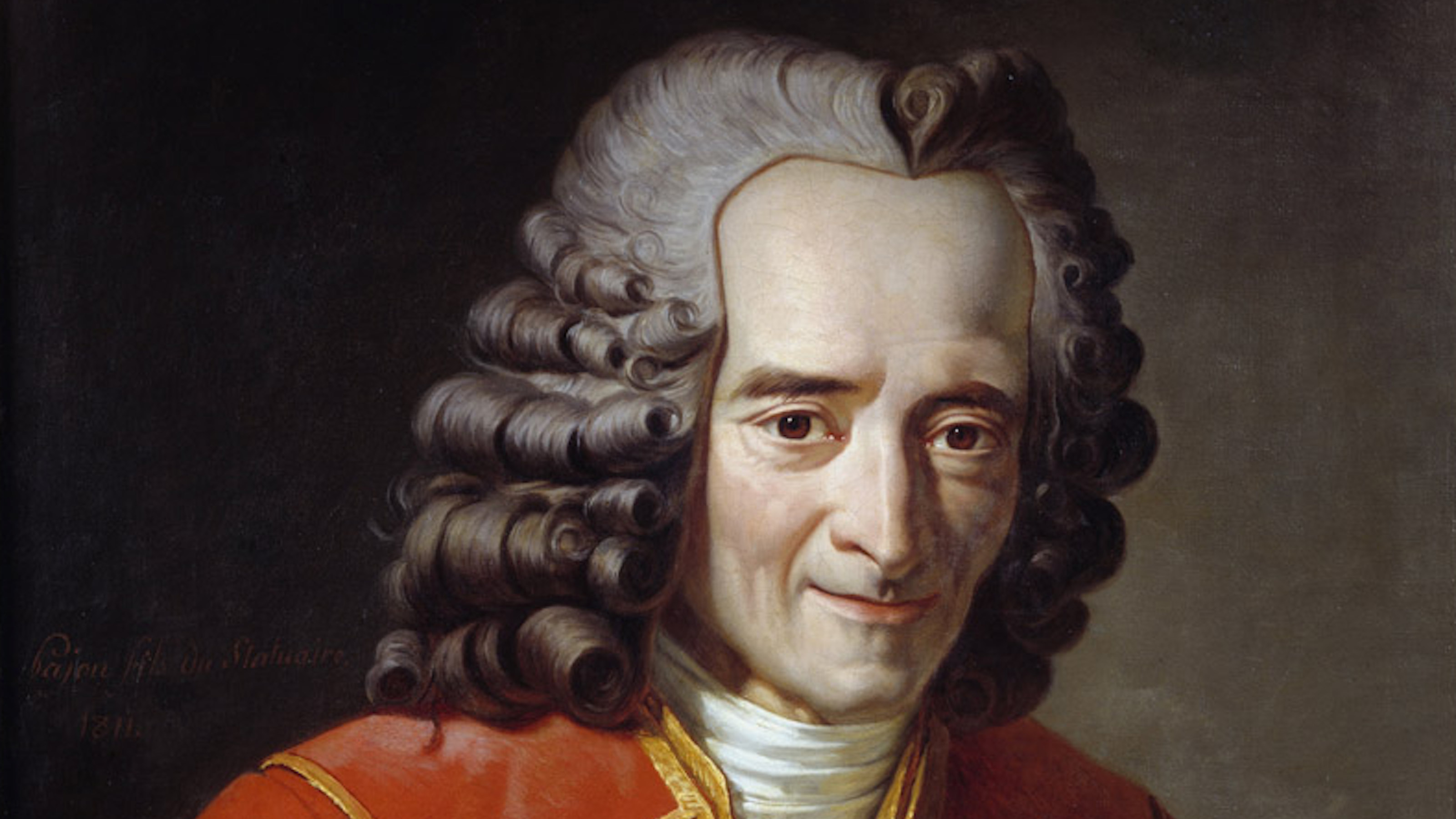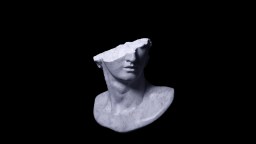If you’re only interested in physics as a tool for engineering, you don’t necessarily need to understand the true nature of what you’re studying. But why wouldn’t you want to?
Question: What can applying philosophy to the physical world reveal to us about the nature of reality?
Tim Maudlin: Let me give you a very concrete example. When you learn chemistry, or physics in high school or in college, you learn that there are electron shells that in a hydrogen atom, for example, there are various orbitals that an electron can be in, and you explain a lot about how the hydrogen works by talking about the electron jumping between different shells and giving off light or absorbing light, depending upon what these jumps are. And in the books, you’ll see a picture of the shape of these different shells, whether it be an “S” shell that looks like kind of a fuzzy sphere that surrounds the nucleus and these other “P” orbitals, and “D” orbitals that have funny-looking shapes.
Now, one very clear question to ask is, what is that a picture of? You open the book and you see this funny shaped object. Is that – does that mean that an electron at a particular moment in a hydrogen atom forms a kind of spherical shell around the nucleus, or does it mean the electron is somehow moving and what you have is a kind of long exposure picture where you’ve allowed – you’ve watched the orbital motion go on for awhile and you see, oh its tracing out a sphere. Or does it mean that, as often people would say, the electron is sort of popping in and out of existence somehow. It often doesn’t have any location, but sometimes it sort of shows up, and again, we have a long time exposure and the places it shows up it forms this kind of a shell.
Now that’s a physical question. It’s asking, what really is an electron, in this case, how does it inhabit space and time? And you’d think that should be a question that a physicist as a physicist would want to answer in order to understand what their theory is telling them about the world. It’s not a particularly philosophical question, but we’ve gotten to a situation where most physicists would not recognize it as a physical question and would not attempt to answer it and would some how think it was improper for them as physicists to attempt to answer it, or would say it is somehow a meaningless question or something like that. And we arrived at that situation through a sequence of philosophical positions, which no longer anyone thinks are tenable and a sort of crisis in physics where you had a mathematical formalism that worked very well and nobody knew quite what to make of it. And physicists made a fairly self-conscious decision to dissuade their students from thinking about it because they thought that was just going to confuse them and get in their way and prevent them from doing the important physics which involved doing more mathematical calculations and figuring out how to build explosive devices, and so on, which you can do perfectly well without having answers to these questions.
So, insofar as you’re interested in physics as a tool for engineering, you can pretty well ignore all of these questions, but I would think, would hope that most students of physics don’t go into physics in order to become engineers. They go in initially motivated by a simple curiosity about the world and what they’re hoping is that they’ll find out about the world the way if you’re interested in how biological creatures manage to reproduce and you finally understand how DNA works and how the strands separate and how they replicate. You say, “Oh there was a real puzzle about how all this works and now I understand it.” That physics should be like that. There is a real puzzle about how atoms work and find the four molecules and what’s going on. And you would turn to physics to answer those questions.
As I say, the peculiar thing, I think the historical peculiar and conceptually peculiar is that physics as a discipline has tended to turn away from those questions and to some extent now is turning back to them.
Recorded September 17, 2010
Interviewed by David Hirschman





